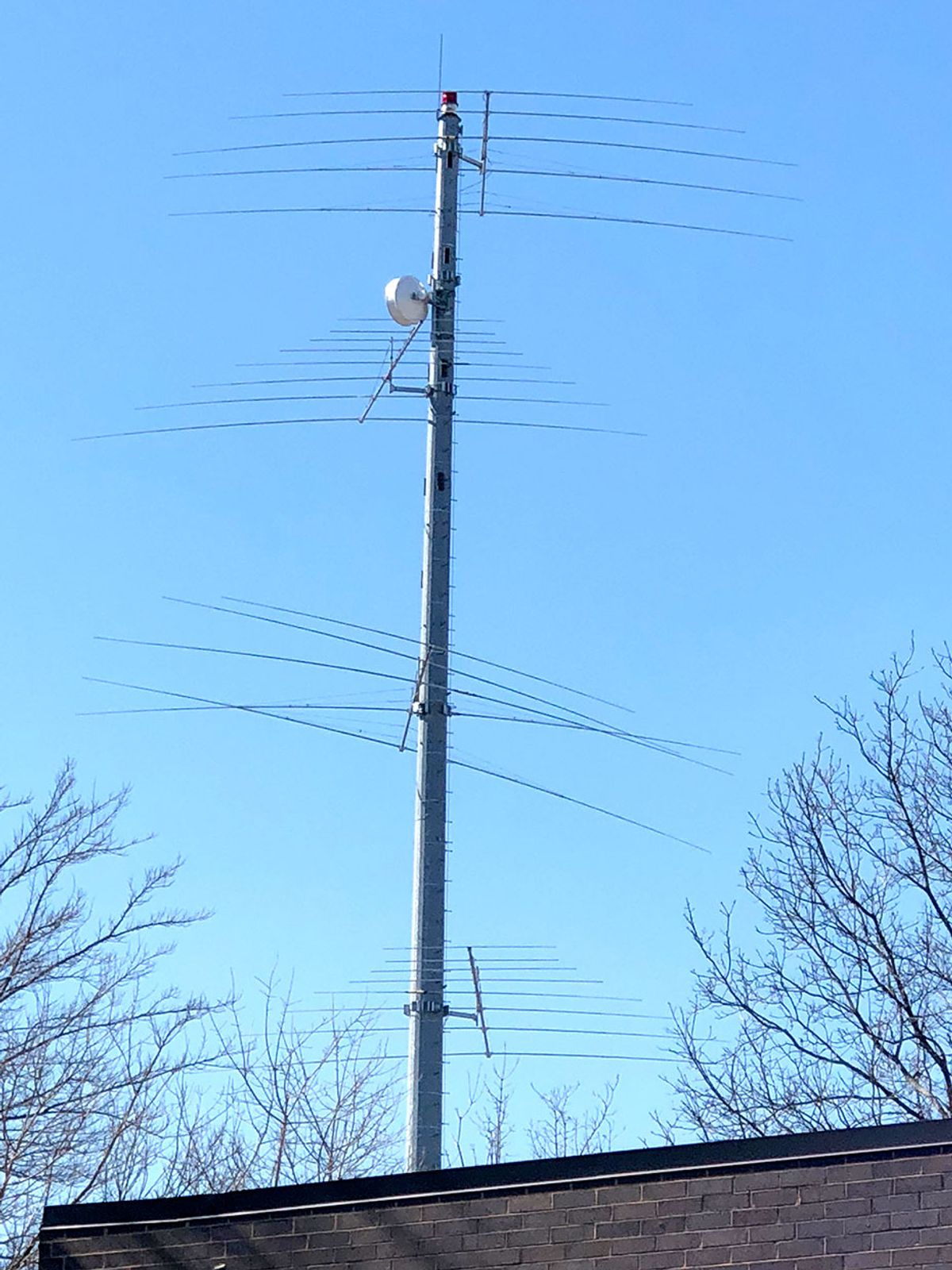In 2010, the company Spread Networks completed a fiber-optic cable linking two key trading hubs: Chicago and New York (or rather New Jersey, where Wall Street has its computerized trading equipment). That cable, built at a cost of some US $300 million, took the most direct route between those two points and shaved more than a millisecond from what had formerly been the shortest round-trip travel time for information: 14.5 milliseconds.
That tiny time savings was a boon for high-frequency financial traders, who could take advantage of it to buy or sell before others learned of distant price shifts. This general strategy, called latency arbitrage, has driven a technological arms race in the trading world, with companies competing fiercely to send information from one trading center to another in the minimum possible time.
The next salvo came shortly after Spread Networks’ cable started pulsing with light. Companies such as McKay Brothers built special microwave links between those same two trading centers. As anyone who has taken Physics 101 knows, electromagnetic waves travel much faster through air than glass, so with the help of properly engineered radio equipment, microwave signals can readily beat out light in glass fiber.
A similar battle appears to be taking place now across the Atlantic, where information to guide lucrative trades traditionally flows through fiber-optic submarine cables. In 2015, Hibernia Networks (which was later acquired by GTT), together with TE Subcom, completed a 4,600-kilometer fiber-optic cable that followed a specially direct route between New York with London to offer the least delay—requiring only 59 milliseconds for a signal to make the round trip. Hibernia expected that its cable would service high-frequency traders with the fastest possible connection between the two cities.
That cable, too, is in now peril of being beaten by radio waves. No, trading companies are not planning to array microwave towers on buoys across the Atlantic. But they seem to be pursuing the next-best thing—using shortwave radio to transmit trading information across the ocean the old-fashioned way.
Shortwave radio is venerable technology, dating back to the early part of the 20th century. Radio amateurs, often called hams, use it to contact one another around the world with modest equipment. So it’s surprising, really, that high-frequency traders have only lately begun to take advantage of this technique. But that appears to be what is happening.
I say “appears” because there’s only indirect evidence that traders are pursuing this approach. Most comes from Bob Van Valzah, a software engineer and networking specialist who characterizes himself as a “latency buster.” By chance, he stumbled on an odd-looking cell tower in West Chicago, near where he lives, and after much investigation (which he detailed in a blog post) concluded that the giant antennas sprouting from it were sending signals about goings on at the Chicago Mercantile Exchange to trading centers in Europe.
Who exactly is using this link? If you dig through the FCC’s online license database, you can find that although the official license for the West Chicago tower that Van Valzah investigated was awarded to one company, the “real party of interest” is IMC B.V., a technology-driven trading firm that has invested in McKay Brothers [PDF] and thus is no stranger to the value of low-latency radio links.
And this is not the only example. “There are three different companies that have built million-dollar cornfields,” says Van Valzah, referring to giant shortwave antennas located in agricultural lands near Chicago. Exactly what frequencies they are using to transmit and how often is anyone’s guess. “If I were more ambitious,” says Van Valzah, “I’d get a spectrum analyzer and put up a pup tent” next to one of those antennas to find out.
Communications on shortwave, or high-frequency (HF) bands, as any radio amateur will tell you, is an iffy affair, because these long-distance transmissions depend on the configuration of the ionosphere, which in turn depends on such factors as time of day and the intensity of sunspots. Right now, the sun is at the very worst part of its 11-year cycle as far as shortwave communications goes. So it’s likely that the high-frequency traders using shortwave bands are facing significant technical challenges.
Even if the integrity of the link itself were not a problem, those traders will have to contend with much lower bandwidth than they are used to. That means that they won’t be able to transmit very much information about price shifts—perhaps just a few bytes at a time (presumably well encrypted). If they tried to send more at the low data rates that shortwave affords, the time required would wipe out any latency gains over communications by fiber.
Still, with low-orbit satellites still not able to provide such fast communication links and lots of money to be made this way, it makes good sense that high-frequency traders are giving shortwave a try. What’s still a mystery to me, though, is why they didn’t attempt this many years ago.
This article appears in the July 2018 print issue as “Wall Street Tries Shortwave Radio.”
David Schneider is a former editor at IEEE Spectrum, and continues to contribute Hands On articles. He holds a bachelor's degree in geology from Yale, a master's in engineering from UC Berkeley, and a doctorate in geology from Columbia.



